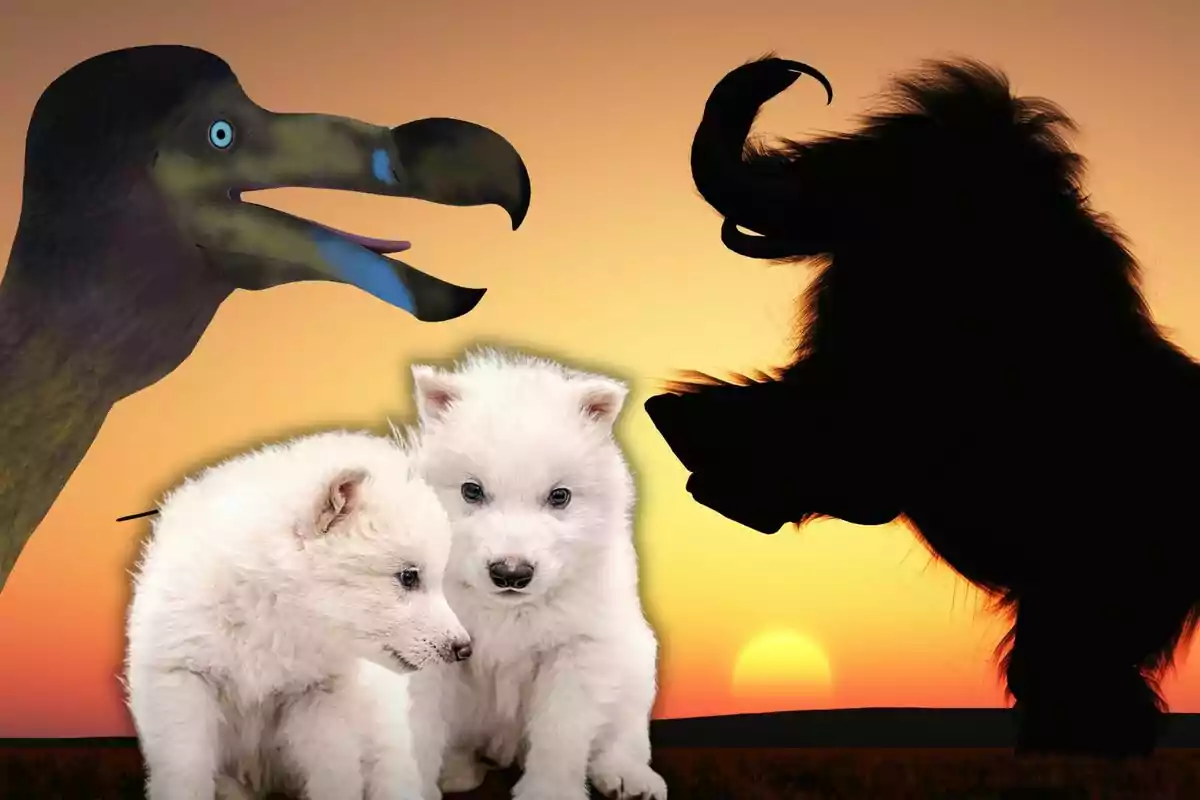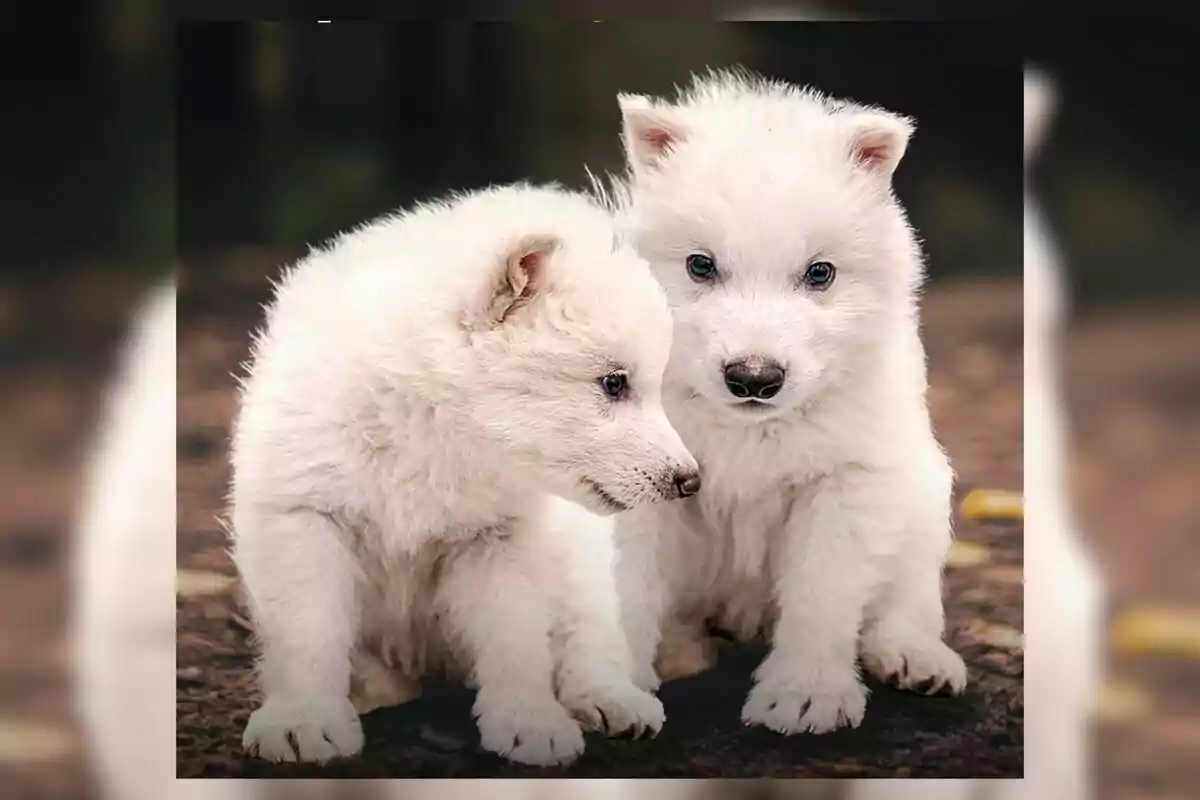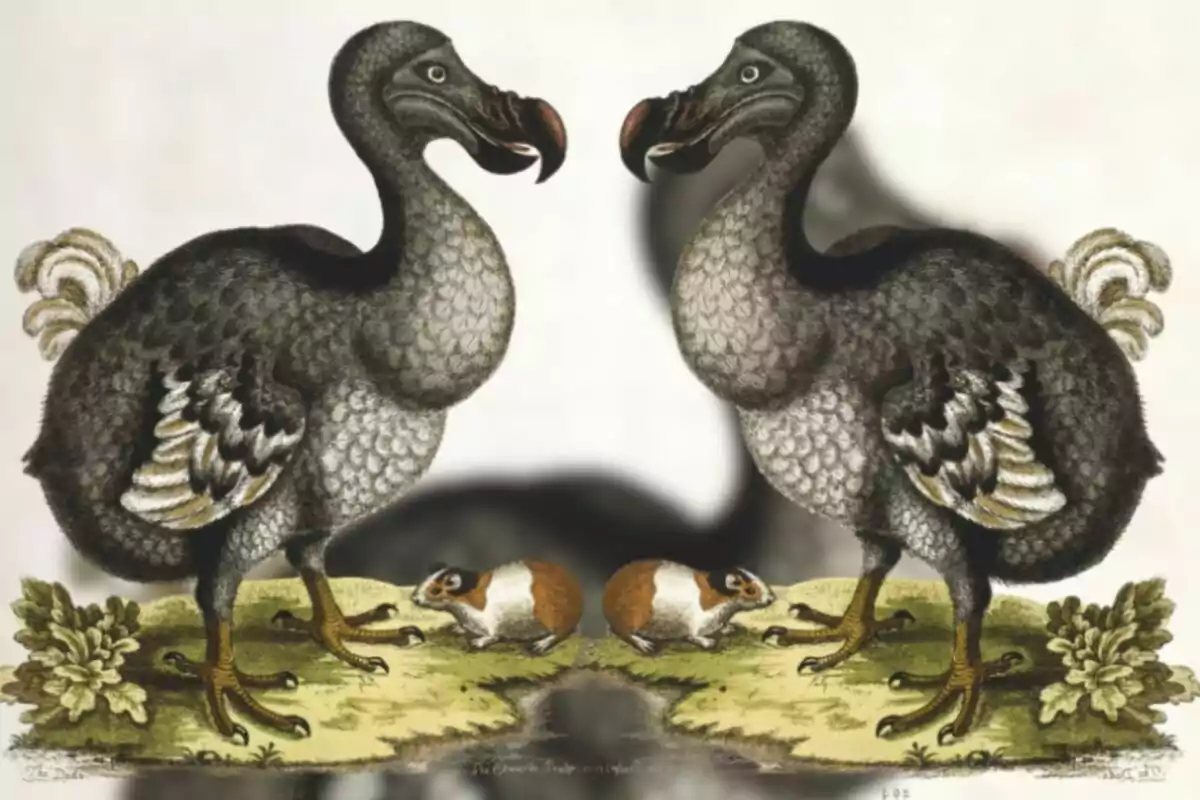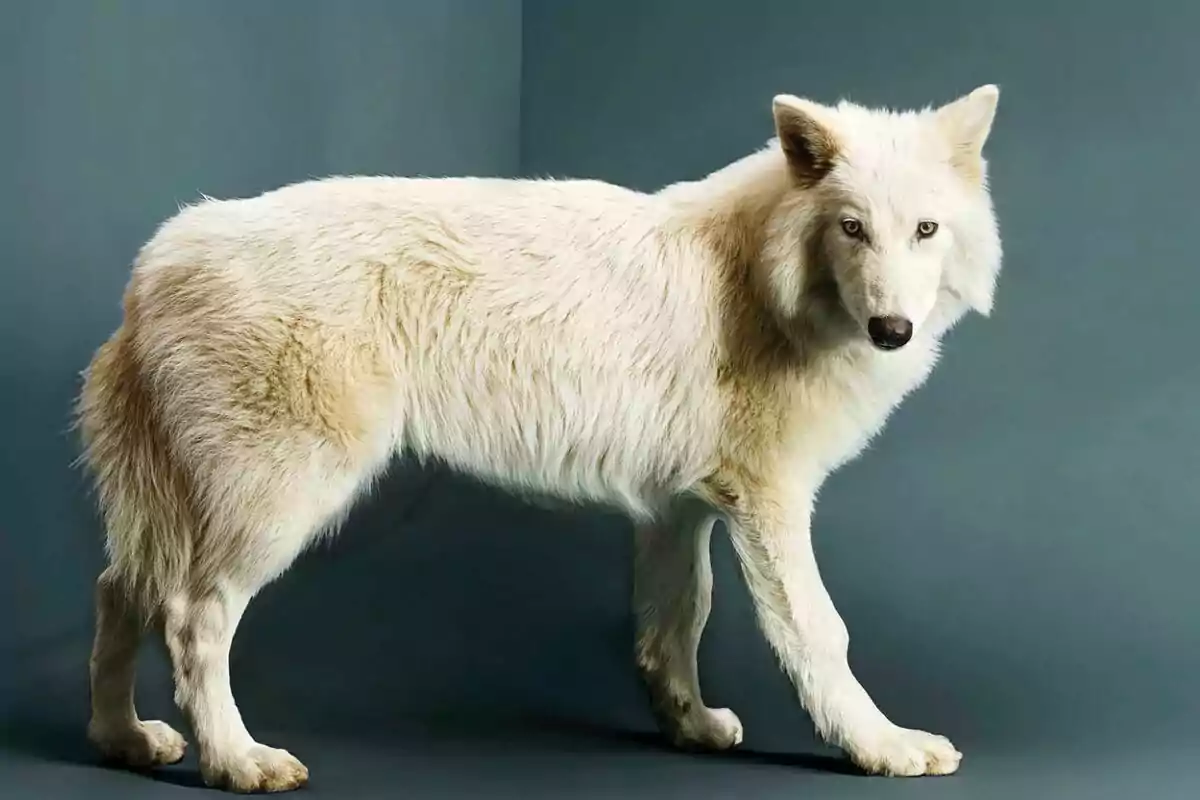
Confirmed: These 4 Animals Could Also Come Back to Life in the US After Going Extinct
Scientists have managed to revive the dire wolf after 10,000 years and have their sights set on other species
In an unprecedented breakthrough for science, the American company Colossal Biosciences has surprised everyone with a unique announcement. They have managed to revive the dire wolf (Aenocyon dirus), a species extinct for over 10,000 years. But it might not be the only species returning to our planet, as scientists have many other extinct species in mind.
The Dire Wolf, also known as the giant wolf, disappeared 10,000 years ago, but it breathes again thanks to the first de-extinction in history. This achievement, the result of four years of research, was accomplished through genetic engineering and was announced in the last few hours. All of this marks a huge milestone in the fight against extinction and a great leap forward in bioengineering.

The return of the Dire Wolf represents a historic step not only for science but also for species conservation. If the viability of the three created specimens is proven, this experiment will open the door to new possibilities in the recovery of extinct animals. As well as in the protection of endangered species, which, according to estimates, could be reduced by half by the year 2050.
More Extinct Animals That Could Come Back to Life
Colossal Biosciences, the company behind this ambitious project, has been working since 2021 on the "de-extinction" of several iconic species. Their list includes, in addition to the Dire Wolf, the Dodo bird, the woolly mammoth, the Tasmanian Tiger (or Thylacine), and the aurochs. All candidates to return through advanced technologies like CRISPR.

The process used with the Dire Wolf involved isolating genetic material without directly splicing it with that of its close relatives, such as the gray wolf. Subsequently, the nucleus with the genetic modifications was transferred to an egg and developed into embryos that were implanted in mothers. This same procedure is planned to be replicated with the other species on the list.
However, as Beth Shapiro, Chief Scientific Officer of Colossal Biosciences, clarified, the created specimens will not be exact clones of the original species. Instead, they will be substitutes that will share many of their characteristics. Additionally, these animals will be raised in captivity to avoid imbalances in current ecosystems.
A Successful Work That Could Save Many Species
Colossal Biosciences is not only working on resurrecting extinct species but also on preventing future extinctions. With the same genetic technology, they aim to preserve currently endangered animals like the red wolf, the axolotl, the mandrill, or polar bears. Also lemurs, angonoka tortoises, the golden snub-nosed monkey, western gorillas, and chimpanzees.

According to their research, since 1900, animal and plant species have decreased by 20%. With at least 902 considered functionally extinct and more than 9,200 critically endangered. The company hopes that their work will mark a turning point in the conservation of the planet's biodiversity.
More posts: